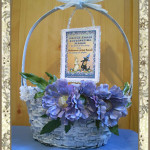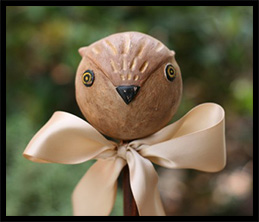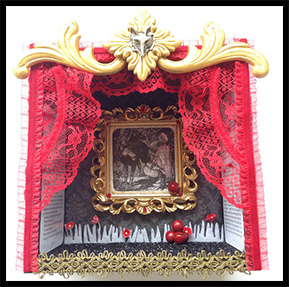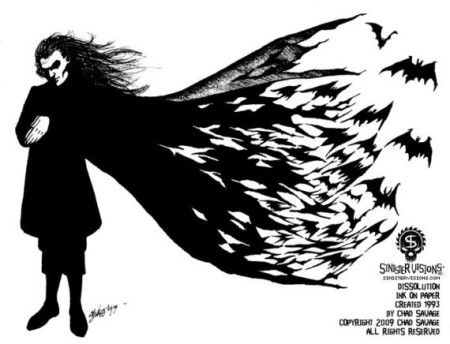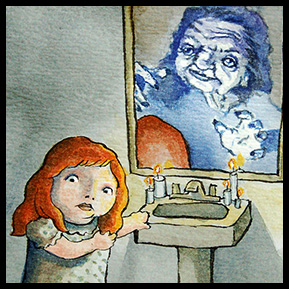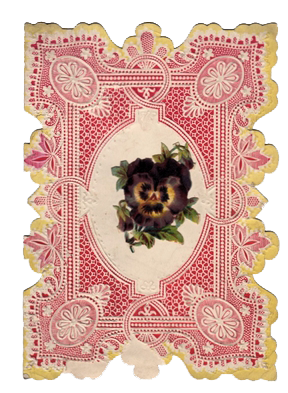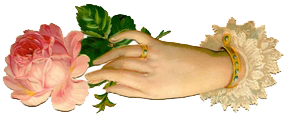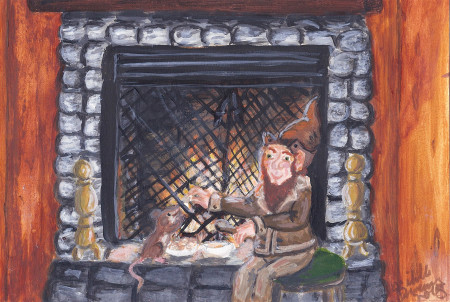
The Brownies-By Angelique Duncan
With the coming of Spring comes Spring cleaning. If one is fortunate they will have some help with this annual task from a Brownie. The Brownies are a kin to the gnomes and tomte of Scandinavia and often mistaken as such, however they are a different species of mythological creature.
Brownies originate from the British Isles and regions of Scotland. They are small in stature anywhere from a foot to 3 feet tall. Most stories tell of them being male with varied appearances depending on their region and clan of origin. Some tell they are portly with beards, others say they are slim with pointed ears and small facial features. Other reports are that they have unusually round eyes and noses. They are often seen wearing simple brown or earth tone clothing usually well worn and sometimes tattered from years of work. They prefer to wear some sort of hat. Hence, the name “Brownie” comes from their brown attire and appearance.
There are different types of Brownies who have taken on different responsibilities in the world. Some are tasked with protecting lakes and waterfronts and are known as Kelpies or Shellycoats. The name Shellycoat was given for the seashells they wear as armor. Some Brownies, known as the “Brown Men” are protectors of small woodland animals and wild flowers. They are considered wild brownies and have very rarely been seen by man, as they avoid humans at all cost.
Some varieties of Brownies have taken to living in harmony with humans, if they feel that human is worthy of their service. Some will take residence in a barn and help with the chores and labor outdoors of tending to gardens and livestock and take pride in overseeing the crops. They are content to make a bed of hay and live among the barn animals, to keep a watchful eye over them.
Others are more domestic and will take on household tasks indoors. They help with the general cleaning and washing tasks, mending clothes and watching over family pets. The domestic house Brownies prefer to work at night as to not be seen or have interruptions while they work.
Brownies are noble creatures with a strong work ethic. Generally Brownies are good natured and happy in spirit. In some regions they are known as the “Good Folk” for their high moral standards and values. A brownie will only take up residence in a home with a family they feel is high in virtue. Often they will create a special bond with one family member and pay particular attention to assisting and protecting that person. In some homes the bond is with a pet that they have a special relationship with. Sometimes the Brownie will let their existence be known to only one family member or pet of the home, other times the entire house is aware of their presence.
In return for helping in the home Brownies welcome their own designated place by the hearth for them to enjoy snacks and naps by the fire. Often a Brownie will be content with offerings of sweet bread, porridge or thimbles of honey. They have a particular fondness for cream and will remain loyal for years if it is offered on a regular basis. They are content to make a space in a corner or nook of the house. Brownies will live in attics; between floorboards or under stairs until they are certain they are staying and accept a room of their own. Once a Brownie has been with a family for many years and feels they have a permanent home they will accept their own “room” in the house. They will make a space for themselves in a broom closet, pantry or storage room, making a permanent bed and gather knick-knacks and sparkly things for decoration of their space.
Although the Brownies live a life of solitude away from others of their kind, folklores have been told that twice a year the Brownies will gather with their kin, at the Spring Equinox and again after the fall harvest. It is said the Brownies will gather in a wooded place to have meetings and festive social celebrations. Brownies are highly protective of their females. They will bring back their wives and children to their home once they have established it is safe. The household may never be aware of the female Brownie presence.
Brownies expect respect and acknowledgement of their service to a home, but do not want fussy compliments or praise. They seem to operate under a mutual respect relationship. They are finicky about taking gifts and will become highly offended if offered clothing. It is believed that it is a matter of pride for the Brownies, in that the offering of clothing is an insult to their appearance. Another theory is that to offer clothing is to insinuate that the Brownie is now more human than Brownie and an offense to their heritage of simplicity. Some have thought that once the Brownie has new clothes that they leave because they got what they came for, however this seems unlikely given their high moral fortitude.
Brownies do not approve of lying and stealing. They will not tolerate manipulation or acts of deceit. Brownies are highly offended by gossip and most offended by cheating. If they become aware of such acts they often retaliate with acts of mischief and will try to sabotage the act to prevent it. If the family they have taken up with commits these acts and do not head their mischievous warnings the Brownie will leave in disappointment. Brownies have an expectation that humans operate by the Brownie code of ethics and trust. Once breached, it is very difficult if not impossible to gain back a Brownies trust.
Brownies do not trust established churches. A Brownie will discontinue service to a home if the family they live with tries to have them Baptized or attempt to convert them to the church religion of the house. Brownies will not take up residence in overly religious homes. Brownies distrust anyone who does not enjoy drinking the occasional ale, meade or beer, breaking bread with friends and dancing. They feel that those who are overly religious or pious are usually disingenuous in their righteousness and not to be trusted. It is thought that the distain that Brownies have for the church ties back to their heritage and the history of their ancestors and humans who defended them being persecuted and drove underground during the establishment of Christianity in Europe. Most Brownies are said to view organized religion as hypocrisy, as the Brownies believe that strong morals and values are innate to individuals and come from within.
Brownies are known to be fickle and can be offended without one ever knowing what they have done to offend them. Once offended a Brownie will leave without warning, never to return. Stories have been told that once a Brownie has left a home, ruin will come to that home. Misfortunes will afflict the livestock, crops will become diseased, and the house will begin to fall apart. It is said that fixtures and tools within the home begin to break; important documents will go missing, and troubles of debt or of legal nature will bestow the home. Some say it is a hex that is put on the home by the Brownie for the family’s breach of trust. Others say it is the Karma created by whatever ill action the family took that drove out the Brownie. Some seem to believe that the decay of the home occurs because the family no longer has a Brownie to keep order and protection and is a natural result of loosing the Brownies immaculate services and organizational skills.
So this Spring when you start your annual cleaning if you notice that things are bit tidier than you remember and tasks are finished that you thought were undone; it may be the work of a Brownie. Feel honored if you have been chosen. Not everyone has the good fortune of a Brownie in his or her house. Be mindful though; leave out some cream or cakes for as quickly as a Brownie arrives they may leave.
Artwork “The Brownie” appears courtesy of Twilight Faerie
Angelique Duncan is proprietor of Twilight Faerie Nostalgic and Capricious Objects. Check out her artist page to find links to her shops and vintage inspired traditional holiday art. Visit again next month for more traditions and folklore.

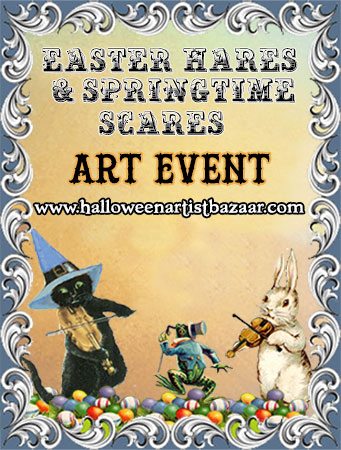
 Jan’s Beads on Etsy
Jan’s Beads on Etsy Chaos In Color website
Chaos In Color website A Ryer Studio on Etsy
A Ryer Studio on Etsy Jan’s Beads on Etsy
Jan’s Beads on Etsy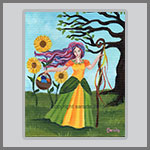 Art By Sarada on Etsy
Art By Sarada on Etsy Art for a Gloomy Day HAB Catalog
Art for a Gloomy Day HAB Catalog Art By Sarada on Etsy
Art By Sarada on Etsy Jan’s Beads on Etsy
Jan’s Beads on Etsy Twilight Faerie on Etsy
Twilight Faerie on Etsy